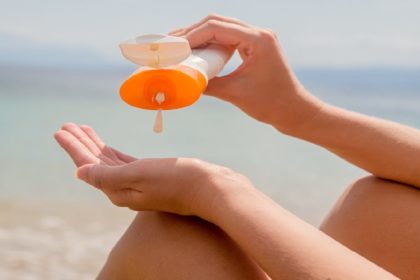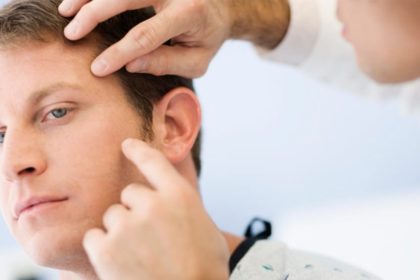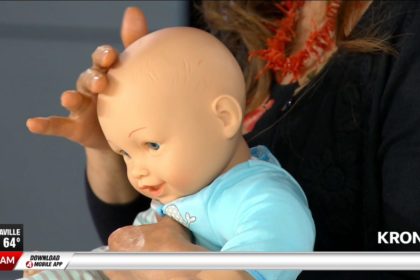One third of U.S. adults are getting sunburned each year which raises their risk of skin cancer.
Getting just one sunburn every two years can triple your risk of melanoma, the most dangerous form of skin cancer. I was diagnosed with skin cancer in August 2013. Here’s my personal story.
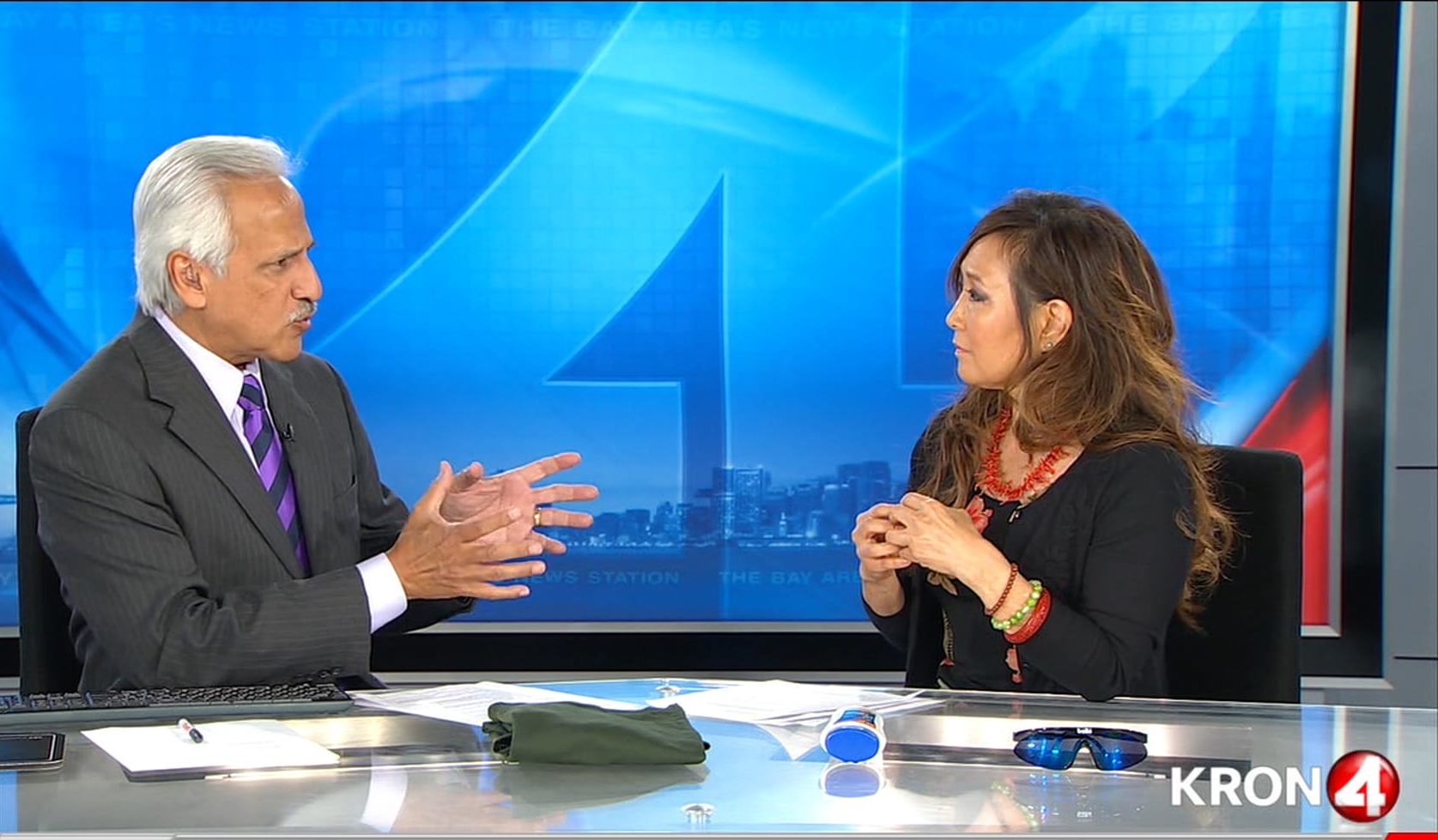
Three Major Types of Skin Cancer
- Melanoma (most aggressive and deadly) — Men are more likely to DIE of melanoma than women.
- Basal cell carcinoma (BCC) – Most common
- Squamous cell carcinoma (SCC) – 2nd most common
Researchers believe that men are more vulnerable to melanoma than women due to the differences in their skin.
Men tend to have thicker skin with less fat beneath it, and it contains more proteins (collagen and elastin).
Collagen and elastic are the fibers that give skin their youthful appearance as they provide firmness, and keep it tight.

But here’s the bad news… researchers are correlating these skin differences in men (thicker skin and more proteins) to being more likely to be damaged by the sun’s ultraviolet (UV) rays.
A study conducted in the Netherlands found that men’s skin reacted more intensely to UV rays than did women’s skin. A separate study reached the same conclusion.
How My Cancer May Have Saved My Husband’s Life
Cancer of the skin is the most common of all types of cancer. I was diagnosed with basal cell carcinoma in August 2013 and have not had any recurrences or new lesions.
When I was diagnosed, it shocked my family because beginning in my mid-20’s, I became a sunscreen fanatic (a.k.a. the Sunscreen Police). After my diagnosis, I cunningly managed to get my husband to make an appointment for his first skin cancer screening. As a competitive swimmer in his youth and a ‘sunscreen resistor’, if I could have cancer, he was also at risk.
As a result, my husband was diagnosed with MELANOMA. Fortunately, because his cancer was caught early (Stage 0), the cells were only found in the outer layer of his skin.
To put this in perspective, melanoma at Stage 3 has spread to the lymph nodes.
Melanoma is an aggressive, fast-growing, deadly form of cancer. It can grow rapidly within WEEKS! You must be diligent and act fast.
What Is Basal Cell Carcinoma (BCC)?
- Basal cell carcinoma accounts for 8 out of 10 skin cancers and usually develops on areas exposed to the sun, such as the head, face and neck, but they can occur anywhere.
- It affects people of all ages.
- Grows slowly, and it’s very rare for basal cell carcinoma to spread to nearby lymph nodes or to distant parts of the body.
- It is malignant because BCC invades and causes significant destruction of surrounding tissues and bone as it goes deep beneath the skin and can be disfiguring.
- Over 50% of the people diagnosed with one basal cell cancer will develop a new skin cancer within five years.
My Treatment
The Mohs technique was used to remove my cancer because it was on my nose, and this surgery could retain as much healthy tissue as possible. Mohs is appropriate where there are limited underlying layers of skin tissue.
It is the best treatment for therapeutic and cosmetic results. On the other hand, my husband’s melanoma (which was on his arm and visually quite small) was surgically removed with a very wide excision.
Skin Cancer Prevention
Don’t brush off any changes on your skin as “nothing”. Protect yourself and your children.
1. Limit ultraviolet (UV) exposure. Whether you’re 8 or 80, have fair or dark skin, you need sunscreen if you’ll be out in the sun for LONGER THAN A FEW MINUTES.
UVA rays age cells and can directly damage cells’ DNA. They are a more potent cause of sunburns and skin cancer.
To protect yourself, follow the “Slip, Slop, Slap, and Wrap” catch phrase.
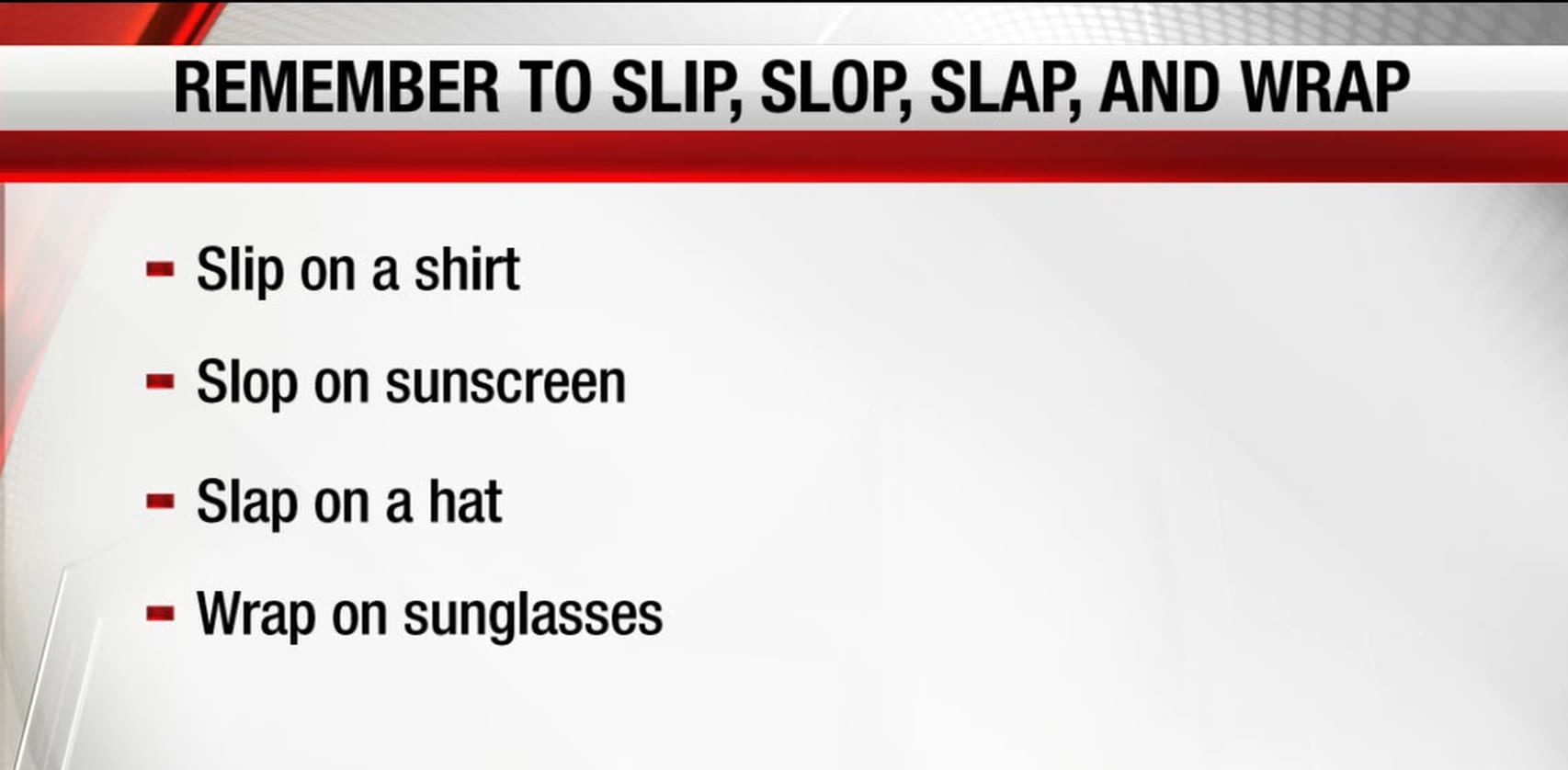
• SLIP on a shirt. Dark colors generally protect more than light colors. Tightly woven fabric also provides more protection. Dry fabric is generally more protective than wet fabric.

• SLOP on sunscreen. Use sunscreen and lip balms with sun protection. The American Academy of Dermatology recommend an SPF (sun protection factor) of 30+, but when sunscreens with SPF 30 were tested, many did not register at 30. It’s best to use an SPF of 40 or 50 or higher.
Look for “Broad Spectrum” sunscreens as they provide UVA and UVB protection.
- UVB rays burn the skin and are more prevalent in the summer and between 10:00 AM and 4:00 PM. But UVA rays are around EVERY day.
- UVA rays penetrate into the deeper layers of the skin and prematurely ages it with wrinkles, darkening, and age spots. Both UVB and UVA cause cancer.
SPF measures a sunscreen’s ability to filter out UVB rays only. It is not a measurement of UVA protection.
- SPF 15 shields 93% of UVB rays. (Allows 7% of UV radiation to hit your skin.)
- SPF 30 shields 97% of UVB rays. (Allows 3% of UV radiation to hit your skin.)
- SPF 50 shields 98% of UVB rays. (Allows 2% of UV radiation to hit your skin.)
- SPF 100 shields 99% of UVB rays. (Allows 1% of UV radiation to hit your skin. No sunscreen protects against 100% of UVB rays.)

Sunscreens don’t tell you anything about UVA protection. There is no other metric for measuring UVA protection except that a product is “broad spectrum”.
WARNING: FDA-required broad spectrum test is based on a PASS/FAIL system, so you don’t know if your sunscreen product provides stellar UVA coverage or if it barely passed!
In our next KRON 4 segment, find out which sunscreen scored high in both UVA/UVB protection.
• SLAP on a hat. Your hat should have at least a 2- to 3-inch brim all around and be made of tightly woven fabric. A baseball cap can only protect the front and top of your head and not the very vulnerable areas of your neck and ears.
•  WRAP on sunglasses to protect the eyes and sensitive skin around them. Wear wrap-around sunglasses offer better eye protection by shielding UV rays from more than one angle (the front and the sides). Be sure they have with at least 99% UV absorption.
WRAP on sunglasses to protect the eyes and sensitive skin around them. Wear wrap-around sunglasses offer better eye protection by shielding UV rays from more than one angle (the front and the sides). Be sure they have with at least 99% UV absorption.
2. When outdoors, use the “shadow test”. If your shadow is shorter than you are, the sun’s rays are the strongest, and it’s even more important to protect yourself. Seek shade. This is especially important when UV light is strongest: between 10 a.m. and 4 p.m.
3. Avoid UV tanning beds/sunlamps, UV nail dryer lamps. Tanning lamps are not harmless. They give out UVA and usually UVB rays as well which can both cause long-term skin damage and skin cancer.
UV nail dryers are used to cure acrylic manicures, but expose the hands/fingers to damaging UV rays.
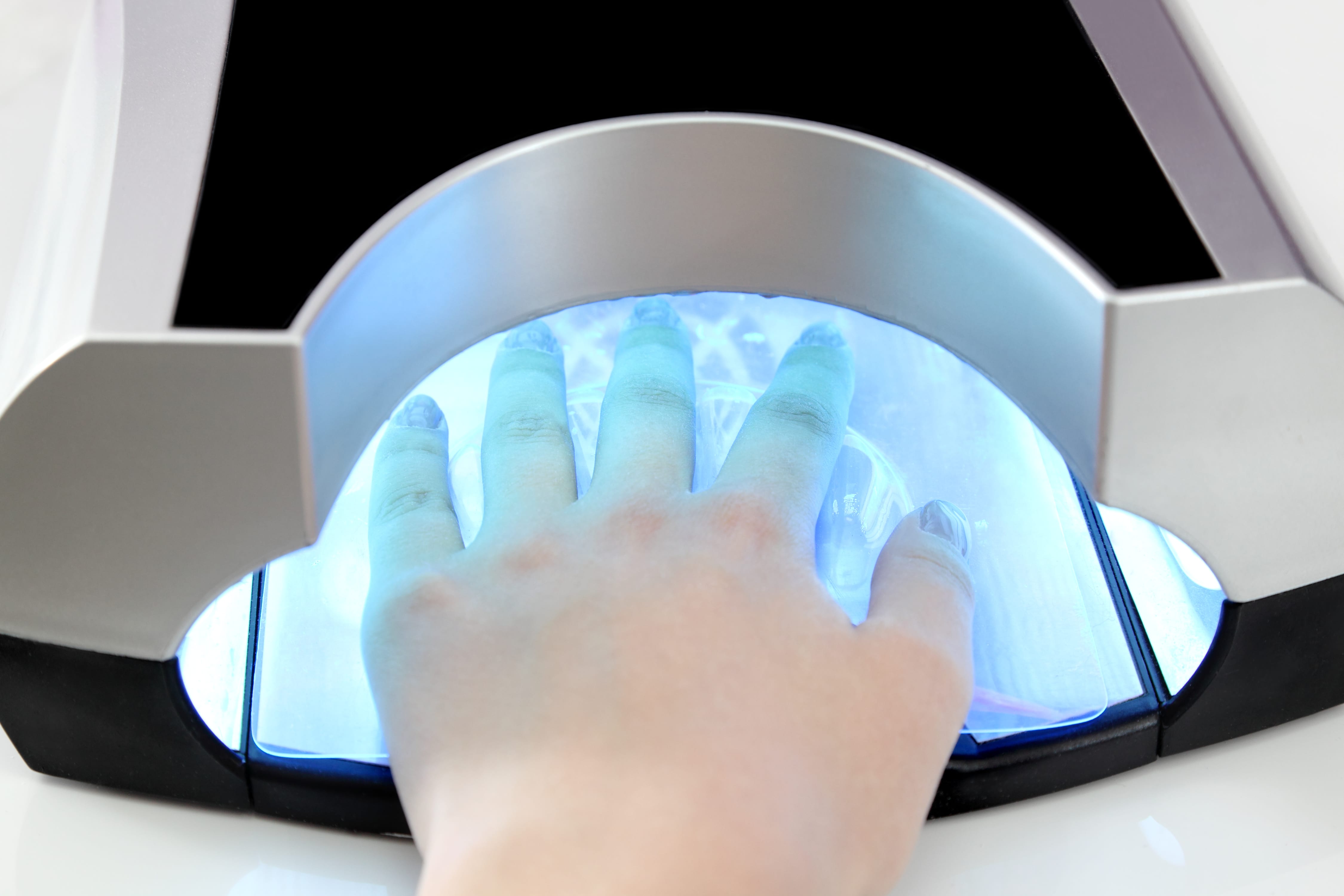
4. Avoid harmful chemicals. Exposure to certain chemicals, such as arsenic, can increase your risk of skin cancer. Be careful in certain occupations and be aware of exposure to chemicals, such as:
- Arsenic is a heavy metal found naturally in well water in some areas
- Pesticides
- Herbicides
- Some medications
- Herbal remedies
5. Be extra cautious if you’re a man. Men are about twice as likely as women to have basal cell cancers, which can be attributed to higher levels of sun exposure.
Get Your Daily Dose “D” from Your Diet
 Recent research has found that vitamin D has many health benefits.
Recent research has found that vitamin D has many health benefits.
Vitamin D is made naturally in the body when UV rays from sunlight strike the skin and is the primary source of vitamin D for the majority of people, other than supplements.
Fatty fish (i.e., salmon, tuna, and mackerel) and fortified foods (i.e., milk, ready-to-eat breakfast cereals, orange juice, and yogurt) provide most of the vitamin D in the American diet.
![]() Karen’s Fit Tip: Check your skin regularly. There is evidence that skin cancer deaths could be lowered by as much as 63% if people performed monthly self-exams.
Karen’s Fit Tip: Check your skin regularly. There is evidence that skin cancer deaths could be lowered by as much as 63% if people performed monthly self-exams.
Have a dermatologist do a full-body exam first to assure that your existing spots, freckles, or moles are normal or treat any that may not be.


